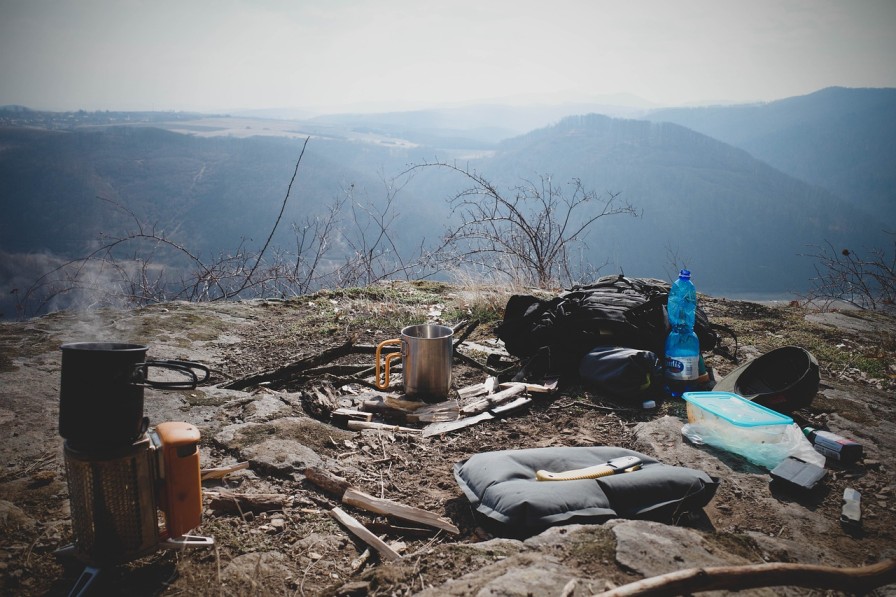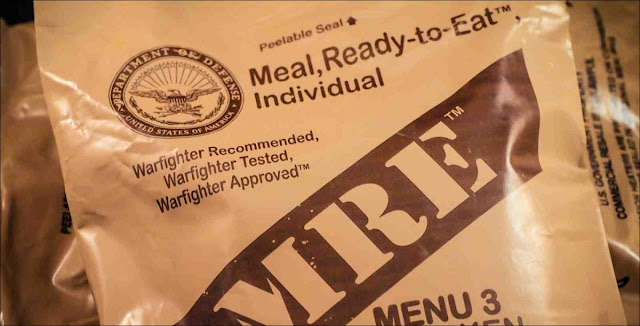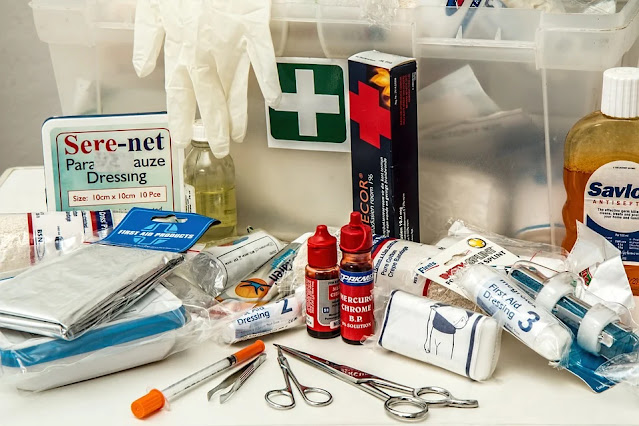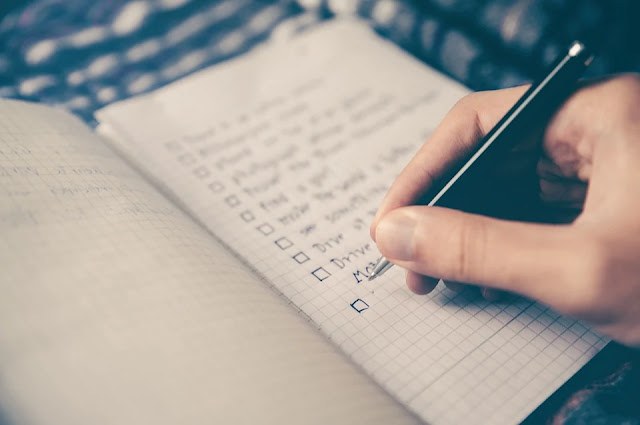During a survival is not likely, real disaster can strike anytime, and it is smart to be ready. If you’d like to be sanitized when a flood or tornado hits, start with a 72 hour emergency kit.
What is a 72 hour emergency kit?
A 72 hour emergency kit is a collection of items that you can use to get through an emergency. This includes basics like food, water, and medication. It also contains items you may need specifically for certain members of your household, such as pets and babies.
The idea is that the kit includes everything the people in your home need for 72 hours. It is also important that you keep all of these items in containers that are easy to carry. Consider the fact that you may have to walk to a safe place. A couple of backpacks or travel bags are a smarter choice than plastic containers.
What You Have in Your 72 Hour Emergency Kit
There are some specific things that you should have, even the most basic emergency kit. These elements include:
meal
Mahatma Gandhi proved that you could go 21 days without food in its longest quickly, but he had also trained himself in such matters. Yes, humans can go weeks without food, but that type of hunger takes its toll. After a few days without eating, you may notice weakness, lack of motivation, and decreased decision-making skills, all of which get worse the longer you go without eating.
For food, for non-perishable items that can be eaten without cooking. Military MREs come in handy, and they’re sealed in security with an extended expiration date. You need to have enough for three days worth of meals for each person. Invest in mess kits that ensure each person has a plate, cup, and cutlery. If you’re packing canned food, add a manual can opener.
water
Your body is made up of a lot of water, around 60%. This makes water usage even more important than food. The length of time a person can walk without water varies. Scientific America also explains it: some people can only survive hours if they are extremely dehydrated, but others might be fine for a week with no water intake. Walking without water can still cause health problems and it is important to have a clean source with you in case of an emergency.
Even though you could go without water for an extended period of time, you shouldn’t. According to a study by the National Institute of Health, even mild levels of dehydration can have an impact on your cognitive performance:
In other words, even if you suffer from mild dehydration, you could make bad decisions — not something you want when you and your family are dealing with an emergency.
For your 72 hour emergency kit, you should have a gallon of water a day for each person. Since a 72-hour kit is, you should have three days, for two people, you need six liters of water. That’s a lot to carry, so you’ll want to find a convenient way to pack it up and make it portable. A hydration pack makes it easier to carry around water, but they only hold about three liters. For stored water in plastic look for BPA-free canisters.
If you don’t carry a lot of water (or you want a good backup-to-supply), consider adding IODIUM water purification tablets to your kit. For around $ 11, you get enough treat to make 25 gallons of water. Another great option is to invest in a Life straw Personal Water Filter. For around $ 50, you can get three straws — each one is good for cleaning up over 700 gallons of water.
First aid kit
Your well-stocked first aid kit should include bandages, compresses, ointments, pain relievers, antidiarrheals, and antacids. Also for $ 25, you can get a first aid kit that contains everything you need to treat minor ailments and trauma.
You should also plan on taking any prescription or over-the-counter medication that you or your family might need over 72 hours.
You may also want to have a book on common first aid, as well as a book on doing emergency medical services. Depending on the emergencies that may arise, broken legs and other extreme injuries.
Personal items
Make sure to keep important papers along with you. The things you should make copies of and keep in your emergency kit include:
- Insurance cards
- Birth certificates
- Deeds to your property
- Bank statements
Pack all of these important papers in a waterproof container and put them in your emergency pack.
If you wear glasses or use contacts, make sure you pack extras in your emergency kit, plus the supplies you will need with you (contact solution, glasses repair kit, etc.). Women should grab the feminine supplies that they need, too.
Basic emergency items
There are many other items that you should have in your emergency kit. What exactly they contain depends on your situation, but here are a few basics to get you started:
- Hand crank (or battery operated) radio
- Flashlight (the ones with the LED bulbs last much longer)
- Batteries for battery-operated items (such as the radio and flashlight)
- Items to signal for help — a whistle and some torches can help
- A small tool kit
- Maps of your region
- Garbage bags and duct tape (these come in useful for protecting from spills and for keeping trash under control)
- Personal hygiene items such as wet wipes and toilet paper (biodegradable, please)
- Cell phone with backup battery and portable chargers (preferably solar-powered chargers)
- A small, portable fire extinguisher
For ease and comfort
There are also items that you might want to pack with your 72 hour kit to make your time away from home more comfortable. They are there for more than just making you feel at home: they will also help you with your survival.
A sleeping bag for each person and a second warm blanket for each will help you avoid hypothermia. A change of clothes and some walking shoes will help with comfort and protection. A tent can also come in handy.
Paper and pens allow you to keep track of events. Keep your thoughts from the tragedy and keep kids distracted, pack puzzles, books and games.
Keep your 72-hour emergency kit well-maintained
Keep your sentences in a cool, dry place; this will help keep the food safe. Check expiration dates regularly and replace groceries as needed. Food is stored in an airtight container and then in something that will keep rodents out, such as a bin.
If your group or family changes in size, you may need to increase or decrease what’s in your kit.
Tips for staying prepared
Nobody knows where you’ll be when an emergency strikes. You should have emergency kits prepared and stored in different areas.
At home, make sure your whole family knows where the first aid kit is kept. You can’t be there when something happens. This will be where most of your kit will be delivered to.
Keep a 24 hour kit at your work place. You can plug it in in an emergency. Have a backup of recipes, some non-perishable foods (like granola bars), and a gallon of water tucked next to or in your desk. If you wear high heels or chic, uncomfortable shoes to work, keep a pair of shoes with your kit.
You should also have an emergency kit in your car. Getting stranded in a broken down vehicle is no fun and you could be there for hours. A small kit with an additional set of clothes, a first aid kit, auto repair tools, a blanket and a few snacks and water will make life easier. Once you’ve got all of these kits in place, you’ll enjoy the peace of mind that comes prepared.






